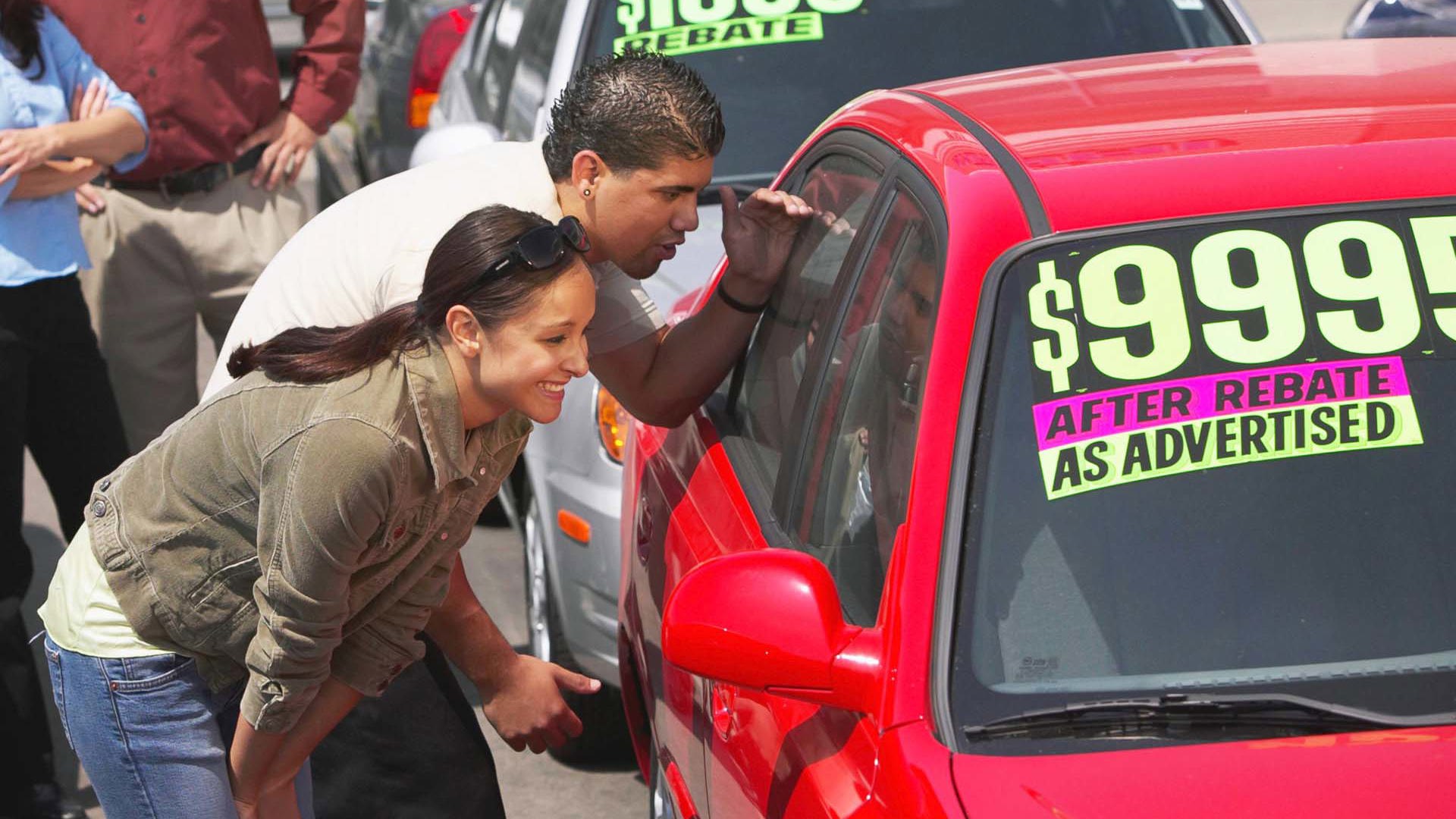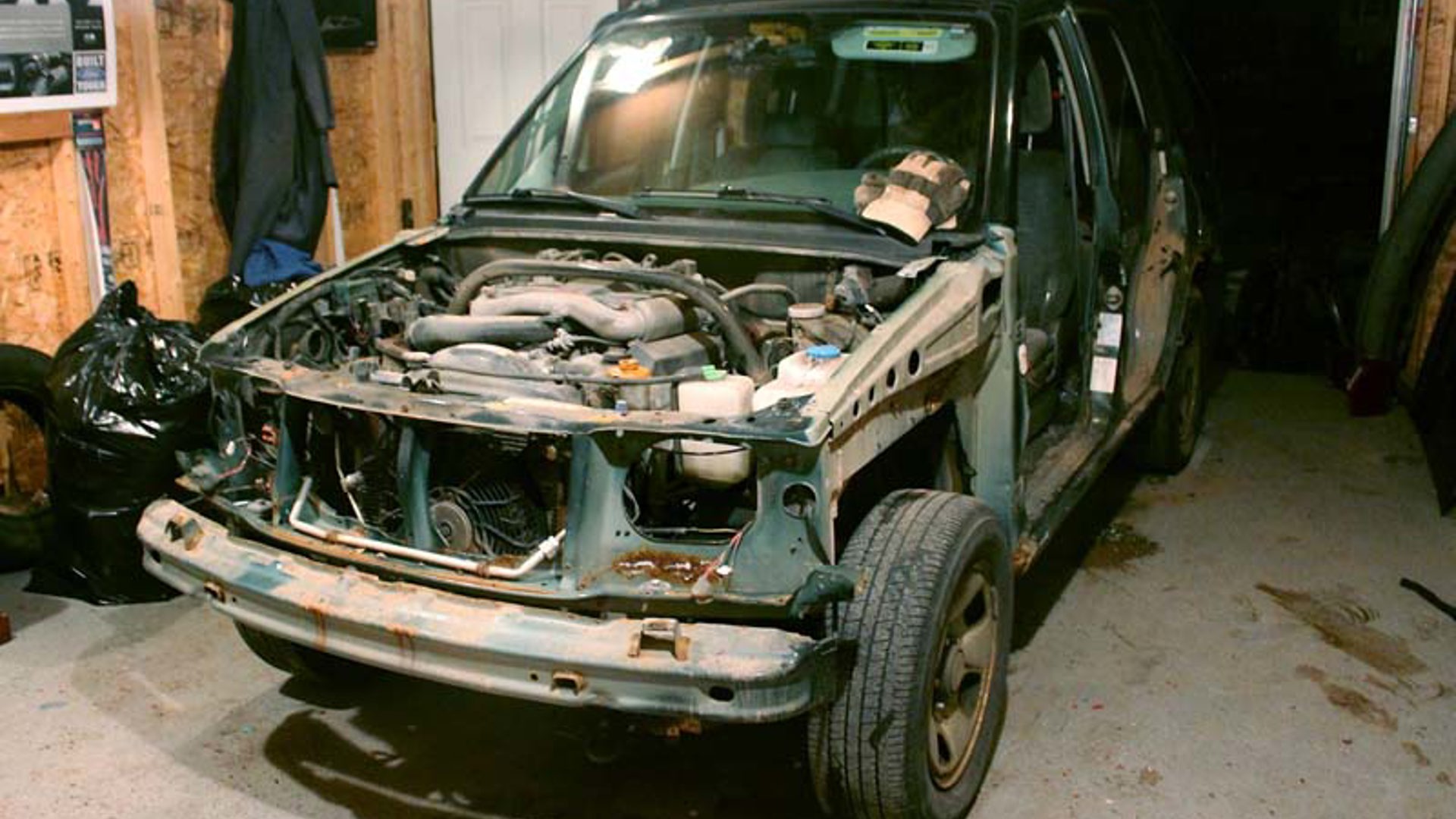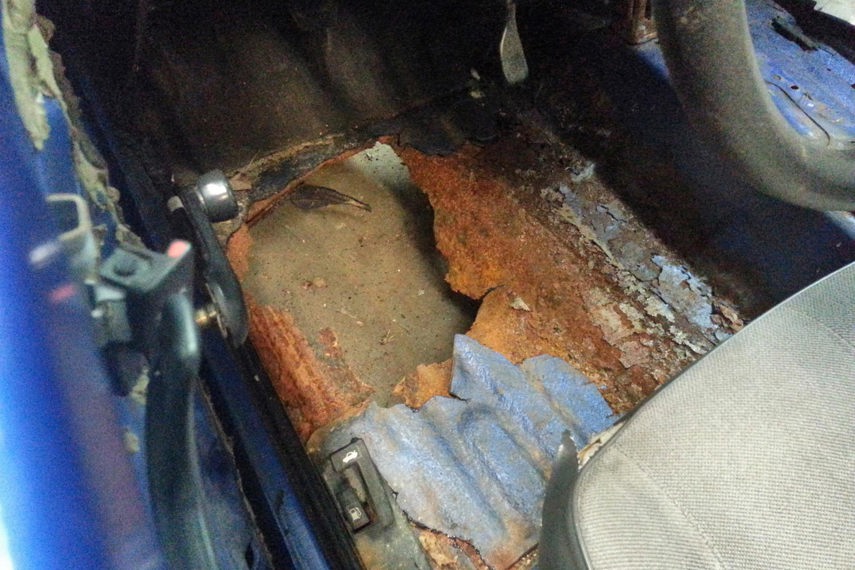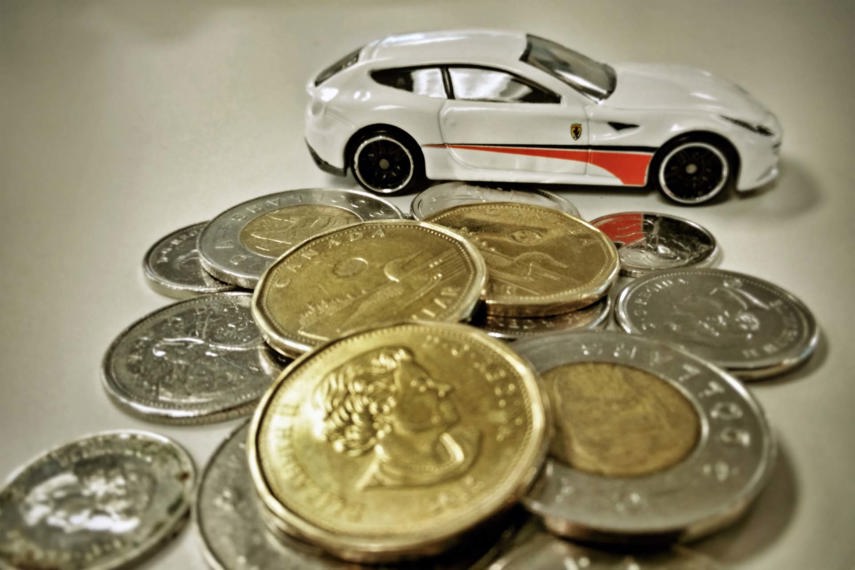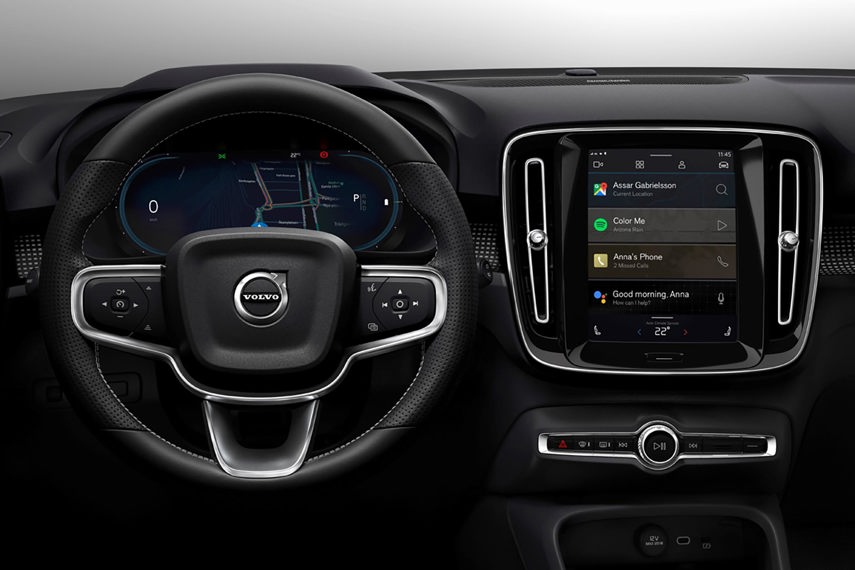It can be a nasty world out there, with people who’d like to separate you from your money, or worse – and cars are a favourite with them. Whether you’re buying or selling a vehicle, we have some tips to help keep you and your money safe – and your health, in these uncertain times of the COVID-19 pandemic.
Buying a Car?
Watch for “curbsiders”
The rules are simple: individuals are permitted to sell their personal vehicles privately, while dealers must identify themselves as professionals, pay business taxes, and – in some jurisdictions – disclose all information about the vehicle’s history and any previous damage, or risk legal consequences. To get around this, some unscrupulous dealers will advertise cars as if they’re private sellers, sometimes by putting them in a driveway or parking lot with a “For Sale” sign on them – which is how they got the “curbsider” name.
The car won’t be registered in the name of the person offering it, or it will have been switched over very recently, and you’ll likely be told that he’s selling it on behalf of an elderly friend or family member. Watch for other clues, such as: an unwillingness to let your mechanic do an inspection; the car doesn’t come with a vehicle history report and the seller says you don’t need to bother with one; it’s priced well below market value; the seller will only take cash; you need to buy it right now, without time to think it over; or you notice the same phone number on a variety of “private” car ads.
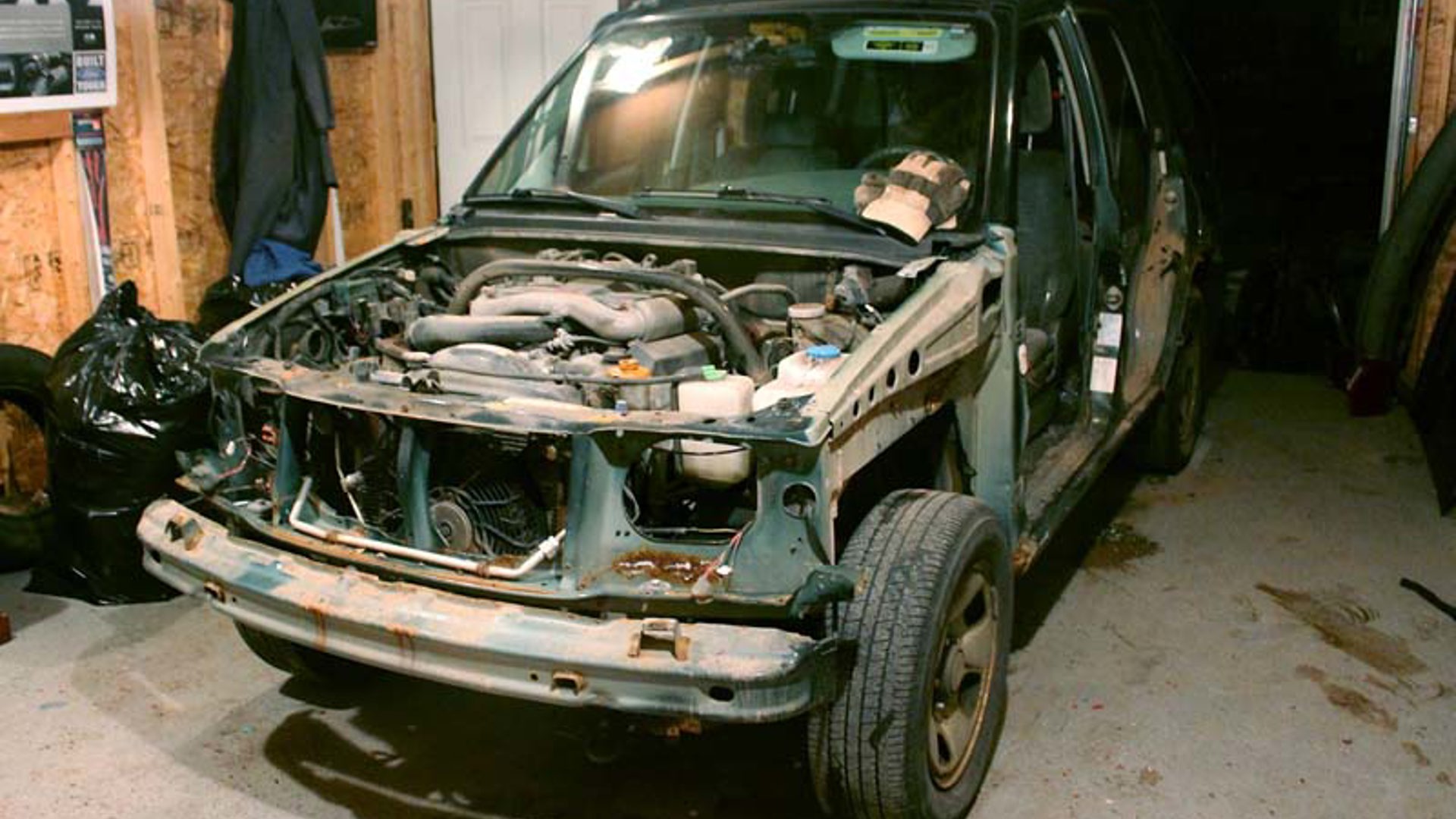
Look for hidden damage
Vehicles that are written off don’t always end up being recycled. Shady sellers often work with equally shady body shops to put cars with significant damage back together, and pass them off without disclosure.
It’s always a good idea to have a trusted technician give the vehicle an inspection, but you can also search for clues yourself, including getting a history report to see if it’s been branded as “salvage.” The paint should match on all the panels – same colour, same sheen, looks like it’s all the same age, and with no overspray on the trim, engine, or lights. Pull back the carpet on the trunk and floor to look for new panels welded in. Gaps between the doors and panels should be even, and there shouldn’t be any creases in the door pillars. When you test-drive, make sure it tracks straight. A car that’s “crabbing,” when the rear wheels aren’t in line with the front ones, has usually been hit hard and then not properly repaired.
Watch for water
Passing off flood-damaged cars without disclosure is a regular routine for scam artists. They’re often dried out and sent to a different province for sale, so watch for recently registered vehicles that originally came from areas with flooding. Get a used vehicle history report to see if the vehicle was branded as flooded or salvaged (written off).
Other clues include a musty smell, or heavy use of deodorizer; mud or silt under the dash or seats; stained or damp carpet, or new carpet in a car not old enough to have needed it replaced; moisture or water marks in the lights or instrument cluster; or corrosion on wiring and underhood components inconsistent with the car’s age.
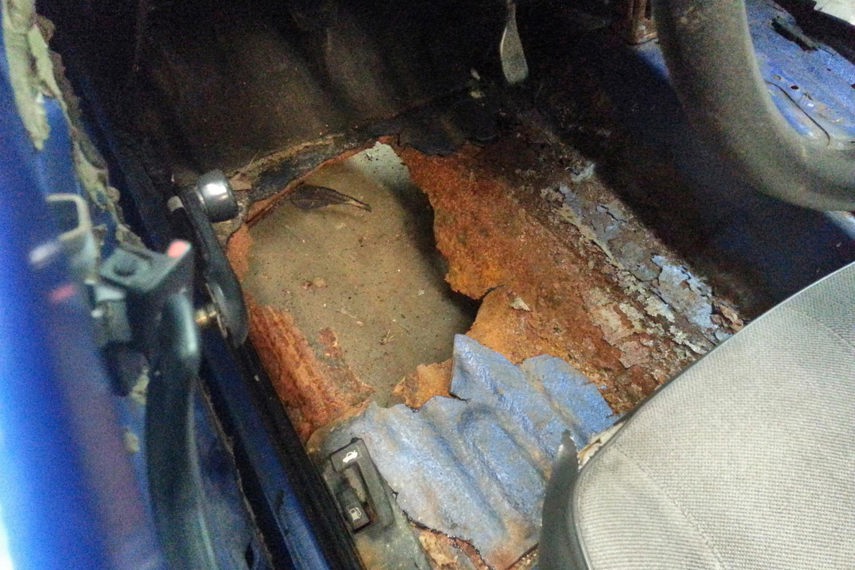
Be careful how you pay
Your Spidey-Sense should be tingling any time a seller suggests a payment method that seems out of the ordinary. Coming face-to-face with the seller and handing over cash, a bank draft, or an electronic funds transfer are among the safest ways to pay.
Be very cautious if the seller wants to use an online escrow service, which is a third-party site that takes and holds your money, and transfers it to the seller when both parties agree to it. Many of these sites are fraudulent (Paypal, which immediately transfers cash, is not an escrow). Never give a seller your banking information.
It’s common to put a deposit down, but know up front how it will be applied, including at a dealership or used-car lot. Get it in writing that the deposit will be refunded or put toward the purchase price of the car when you take delivery. It’s rare, but not unheard-of, for sellers to pocket your deposit and then still demand you pay the vehicle’s full price.
Look for warning signs
Beware of a seller who only wants to be contacted by email and won’t provide a phone number; someone who won’t let you test-drive the vehicle or get it inspected; if the seller’s name doesn’t match that on the vehicle’s ownership; or if you’re not allowed to see the vehicle’s service and maintenance records.
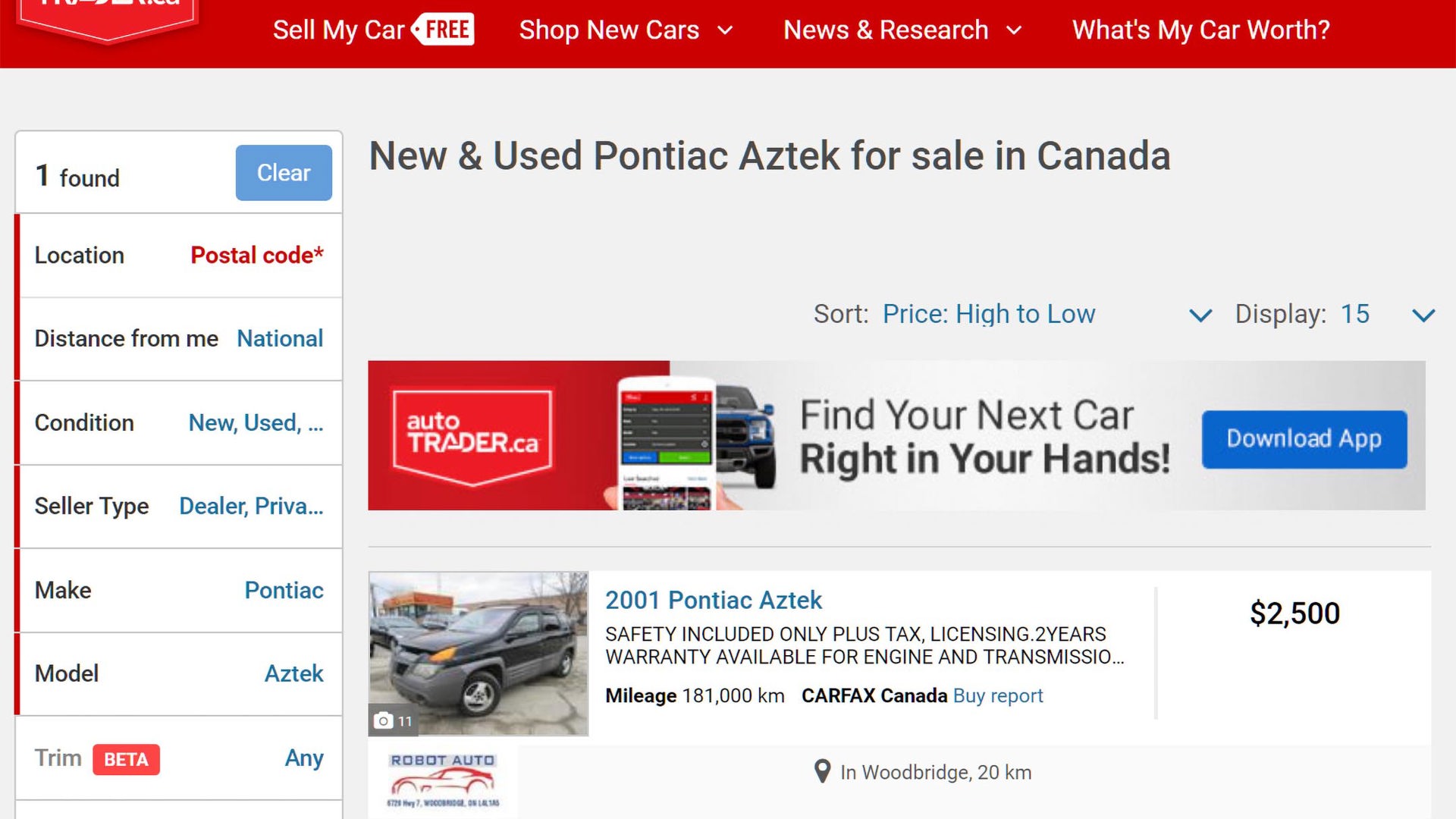
Selling a Car?
Ensure your safety
Sad to say, but there are criminals preying on car sellers. While it’s fortunately very rare, people have been robbed (or worse) after showing up to meet with the buyer. Watch for those who are more interested in quickly setting up a meeting than they are about getting detailed information on the car.
Don’t invite people to see the vehicle at your home. Meet up in a very busy public area, preferably in daylight. Many police detachments will allow you to meet buyers in their parking lots. Let family or friends know where you’re going. Take someone with you, and tell the buyer ahead of time that you won’t be alone. If something doesn’t feel right when you arrive, abort the mission and drive away.
Before you put your car up for sale, ask your insurance company about how you’re covered for other people test-driving it.
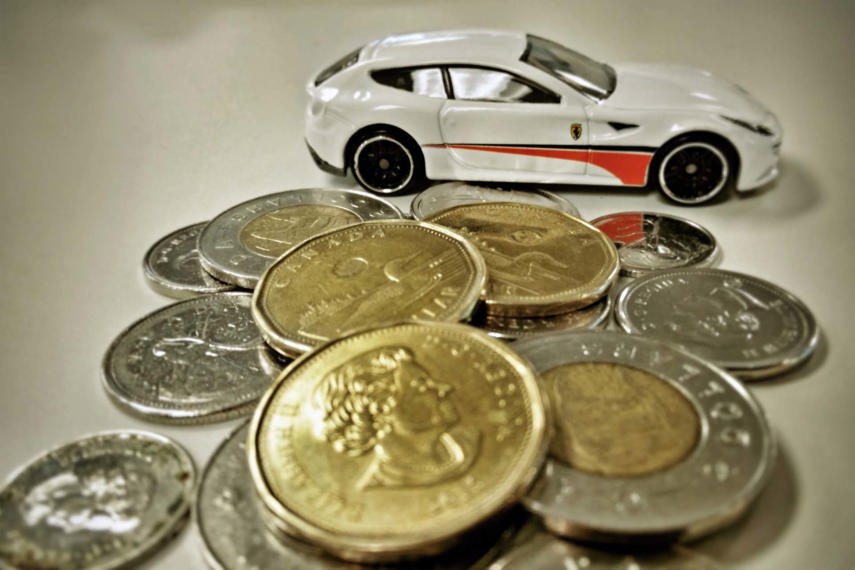
Look for warning signs
Beware of buyers who only want to correspond by email, and don’t want to talk to you on the phone or meet in person – especially if they describe weird circumstances that prevent them from coming to see you. If they call, take the phone number, and then call back to be sure they’re who they say they are.
There are times when an out-of-town seller wants a car but can’t come to see it, especially when it’s an unusual model or a collector vehicle. Even if it sounds legitimate, take the usual precautions. Be wary if your vehicle’s “nothing special,” since it’s unlikely most legitimate shoppers would buy it sight-unseen and pay to ship it home.
Check the buyer’s identification
Before you let someone take your vehicle for a test-drive, ask to see his or her driver’s licence. Check the expiration date, match the photo to the person, and snap a picture of the licence. If you let someone take your car around the block, get collateral, such as the keys to his vehicle. Don’t leave anything of value in your car.
Watch for payment scams
Payment methods like cash or a bank draft are among the safest, along with Paypal or electronic transfers. Never give the seller your banking information, and avoid online third-party escrow accounts.
Run away if the buyer wants to overpay. In this scam, you’ll be offered a cheque or draft that’s more than you’re asking. The seller wants you to accept the cheque and give them the difference back in cash. We’re sure we don’t have to explain how that will end for you.
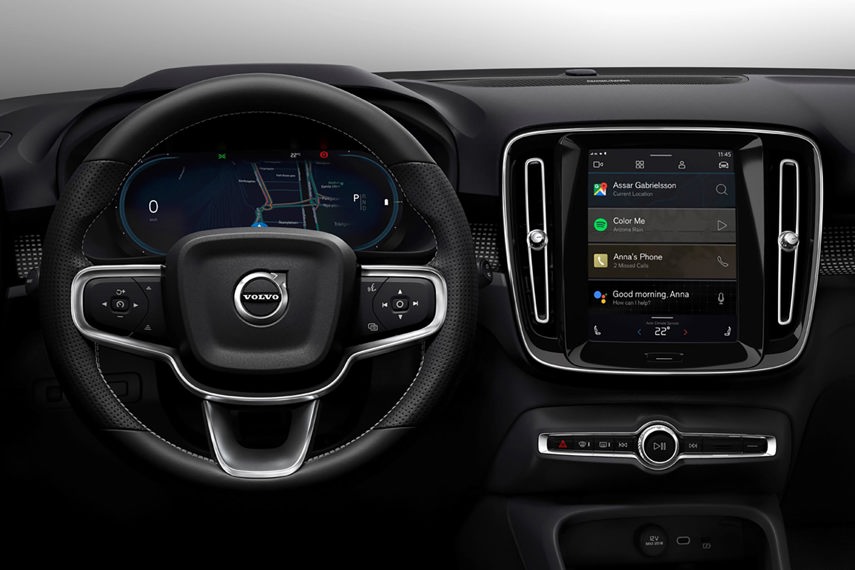
Make sure the ownership changes
You’ve agreed on a price, you’ve been paid, and the new owner is here to pick up the vehicle – but you’re not done yet. Hand over the paperwork, but not the keys. The buyer gets those when he comes back from the licensing office with proof the ownership is now in his name. If he takes the car but doesn’t bother with the transfer, you’re still the legal owner – and that could make you partially or fully responsible for anything that happens, such as an injury lawsuit after a crash.
Wipe out your personal information
Clear the glovebox and console cubbies of any paperwork or receipts stuffed in there. If there’s a navigation system, delete any routes and addresses; if there’s an integrated garage door opener, erase the codes; and unpair your phone and delete any contacts.
The good news is that most vehicle transactions are honest and legitimate. The bad news is that – while they’re in the minority – there are scams and evil people out there. Be cautious and be careful whenever there’s a vehicle involved.
COVID-19 Precautions
If you're going to check out cars, take extra precautions to help safeguard against transmitting the virus. We have these suggestions:
- When you’re selling, thoroughly clean all the touch surfaces inside and outside the vehicle. These include the outer and inner door handles, steering wheel, gearshift lever, touchscreen, buttons, and rearview mirror. Use disinfectant wipes, or a microfibre cloth sprayed with isopropyl (rubbing) alcohol. Don’t use harsh chemicals such as bleach or ammonia, which can damage the surfaces.
- When you’re buying, ask the seller to clean the vehicle the same way before you get into it. Wear disposable latex or plastic gloves while examining the car and taking your test-drive.
- After you’ve bought a vehicle, take it to a professional detailer for a deep clean. They’ll use professional chemicals or steam to clean and disinfect the interior.
- If your new vehicle has a cabin filter, change it right away. These are usually located in or near the glove box. Check the owner’s manual to see where it is and how to change it.
